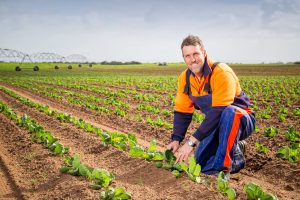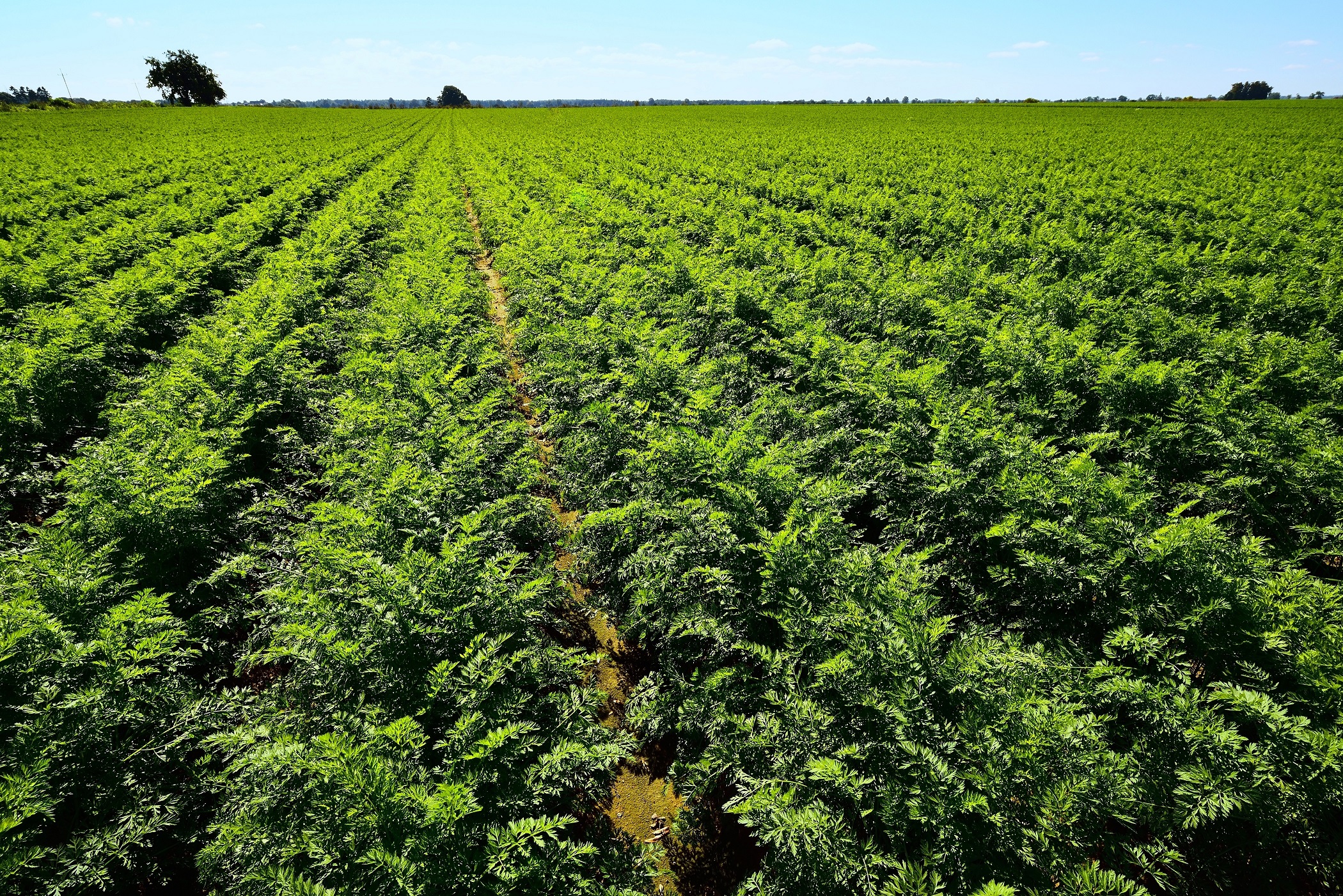Fusion farming focus of Scott’s scholarship report
An interest in fusion farming took Nuffield Scholar Scott Samwell around the world in search of enhanced growing techniques. Karen Shaw spoke to Scott following the release of his Nuffield report in November 2013.
For South Australian Brussels sprout grower Scott Samwell, the biggest lesson learned from visiting at least 30 overseas farms as part of a Nuffield Scholarship, was the importance of looking after the soil.
An advocate of fusion farming, Scott used the travelling scholarship in 2012 to learn about what was happening internationally with organic, biological and traditional farms.
“Visiting the farms reinforced that soil is our livelihood. We need to focus very much on protecting and enhancing what we already have on our farms,” Scott says.
Scott, his father, brother, uncle and cousin farm more than 500ha in South Australia’s Adelaide Hills, producing cabbages and Brussels sprouts for the domestic and export markets. They also run beef cattle.
But Scott is always looking to improve what is happening on-farm without increasing reliance on chemicals. He wanted to learn more about overseas innovations that would fit with his vision for fusion farming, which involves selecting what’s best from a range of farming styles and philosophies and using these to create what works on an individual farm.
The idea driving the concept is sustainability and improving soil structure, as Scott explains.
“It’s based on producing a plant that’s healthy and uses its natural defences against fungi, bacterial and insect attacks and to complement other inputs such as fertilisers and chemicals.”

Global perspective
Scott visited many large farms growing Brussels sprouts using traditional methods and fertilisers, but didn’t find anyone who was growing sprouts on a large commercial scale who used different methods to conventional farmers in Australia.
“Those who were growing sprouts organically were producing a really poor-quality product. If I presented them to my customers, they would be rejected,” Scott says.
“The sprouts had holes and grub damage.” He did notice an increasing number of farmers’ markets, particularly in the US. For example, Madison has a farmers’ market every Saturday with 300 plus stalls, but it also has a population of about 240,000 to support the venture,” he explains.
“People the world over are wanting to know more about what they are putting in their mouths, where it’s come from and how it’s treated.”
It also reaffirmed Scott’s belief that farmers in Australia need to be looking at ways to complement what they are already doing by using more natural means, rather than being overly reliant on chemicals.
For example, in California’s San Joaquin Valley, farmers using cover crops such as triticale, in rotation with cash crops on some properties, had increased the organic matter from less than 0.5 per cent up to three per cent in less than five years.
Scott visited Pennsylvanian farmer, Steve Groff, who is experimenting with a range of mixed cover crops, planting multiple species to mimic nature.
“I saw plantings of five species including clovers, grasses, sunflowers and Sudan grass, right up to a plot with more than 40 different species,” Scott says.
“A biological agronomist in Wisconsin explained that it was better to use compost as a soil inoculant. It was more efficient and cost effective to grow a cover crop and mulch it back in the soil for organic matter.”
European style
In Switzerland, Scott was impressed with trials of planting flowers in rows, with cauliflowers and cabbages.
“The flowers provide a food source and habitat for natural predators of the Diamondback moth and other species detrimental to the cabbage and caulies,” he says.
“While there was a reduction in the amount of brassica plants per hectare, the flowers randomly in the crop enhanced the harvest percentage. Natural predators controlled the pests, and the result was a better, cleaner, greener crop.”
One farmer in Scotland had resorted to netting his entire 485ha crop because there were no chemicals available to control the cabbage root fly and aphids. While Scott couldn’t afford to net his entire crop, he sees merit in netting a small area that could be sold as a premium organic product.
Broader lessons
The biggest surprise for Scott was learning that Californian growers use methyl bromide to control nematodes in Brussels sprouts.
“That completely shocked me, particularly because Brassicas are a natural biofumigant of the soil. It illustrated just how much they have hammered their soil.”
He enjoyed visiting UK farmers, George and Vernon Read, who have installed an anaerobic digestion plant that produces energy to run the packing facility, while the byproducts (liquid and compost) are used in the production of vegetables.
Another innovation that impressed Scott was the advancements in cultivating machinery from a company in the UK.
“They are using cameras mounted on cultivators, to guide a tractor though fields, removing weeds along the rows and in between plants.”
Pleasingly, Scott came home knowing that Australian farmers definitely stack up internationally.
“I think our farmers are more aware of the importance of regular soil testing. While we test ours every year, those in the US test every two years and in the UK and Europe every three years.”
He has also brought home ideas to trial. As well as a range of cover crops, he’s keen to try companion-planting flower species in crop borders to attract pest insect predators.
For Scott, travelling overseas allowed him to share ideas with like-minded farmers, but was also “a great opportunity to see where we stand on a global scale.”
Further information
To access Scott Samwell’s report, please click here.
Nuffield Farming Scholarship was a strategic levy investment under the Hort Innovation Vegetable Fund.
This project was funded by Hort Innovation using the vegetable research and development levy and contributions from the Australian Government.
Project Number: VG08012

